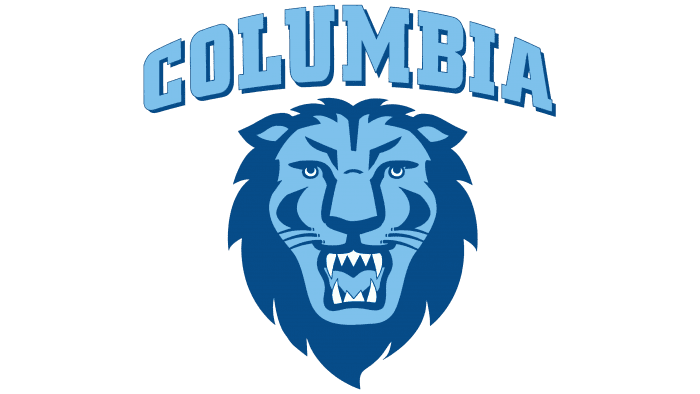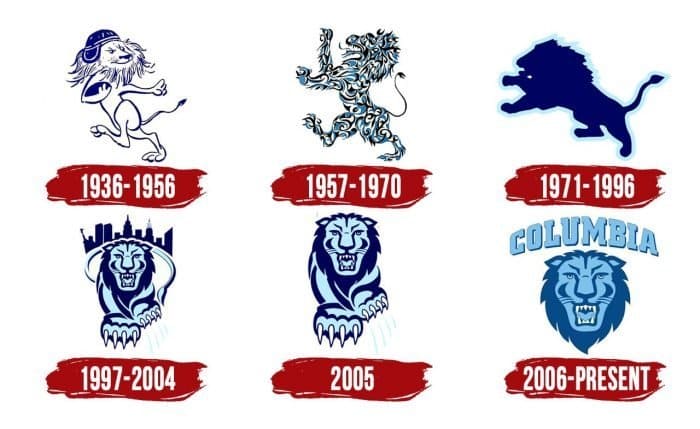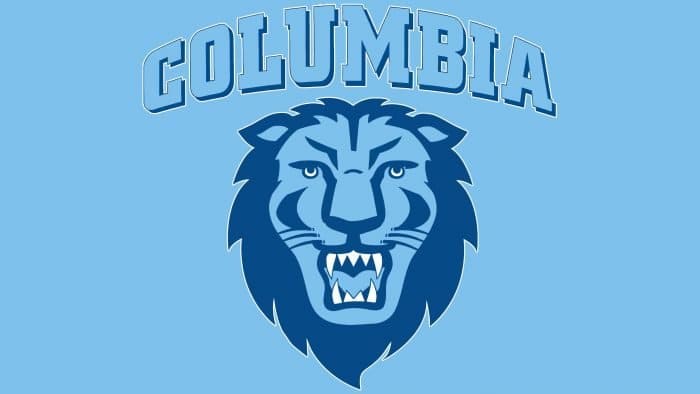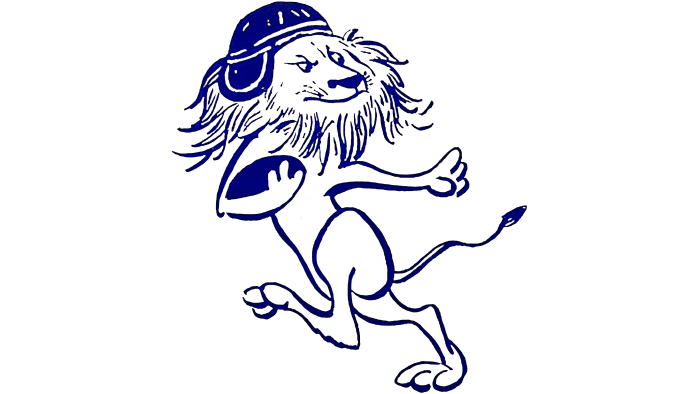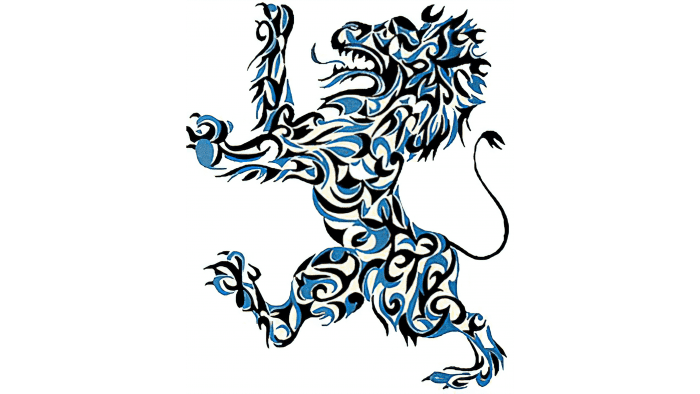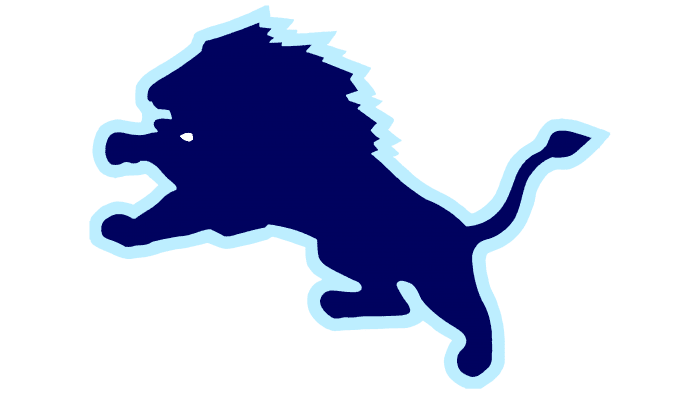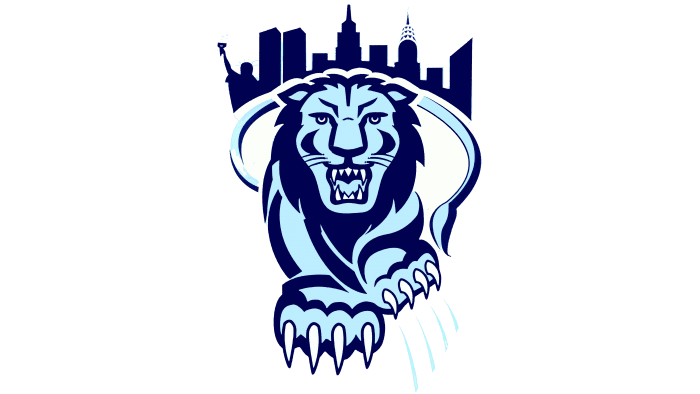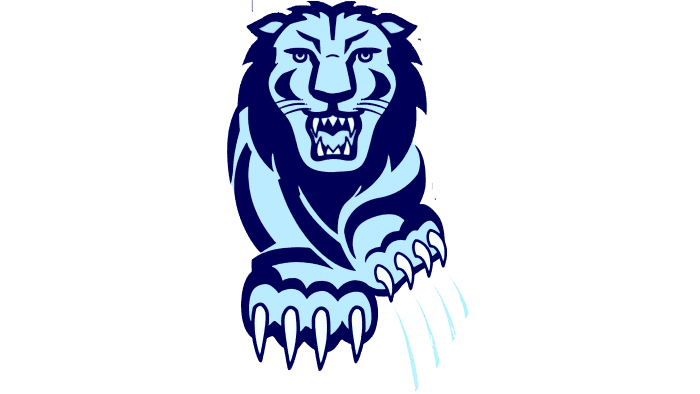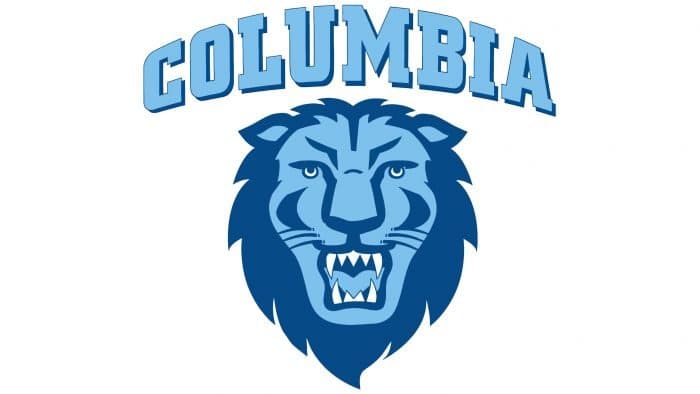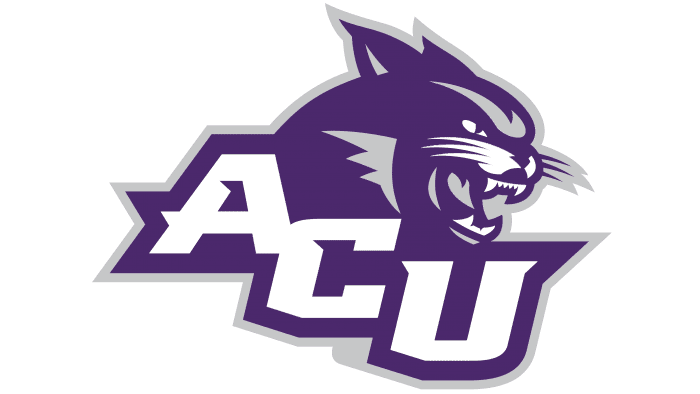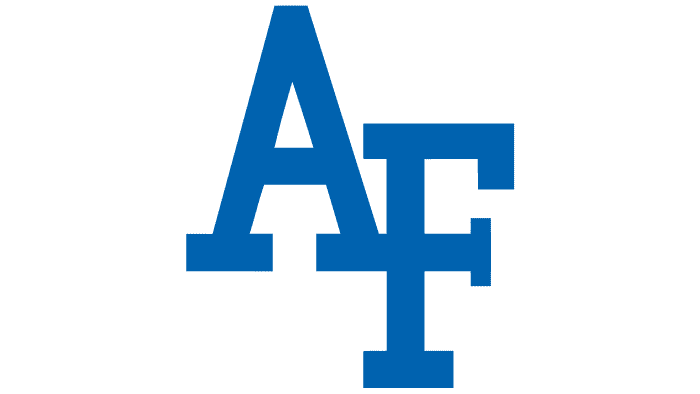The Columbia Lions logo reflects the commitment to the history of Columbia University and its royal past. The fearsome face of a blue lion, intended to intimidate opponents, embodies the nobility, wisdom, and strength characteristic of the athletes of this educational institution.
Columbia Lions: Brand overview
| Founded: | 1936 |
| Headquarters: | New York, New York, U.S. |
| Website: | gocolumbialions.com |
Meaning and History
On all emblems of the Columbia Lions, a lion is depicted. However, artists experimented with styles, so the animal looks different everywhere. For example, the 1936-1956 emblem looks like a caricature: a fierce predator with a helmet on its head runs on its hind legs, holding a football. The 1957-1970 version is close to the heraldic style. It contains a traditional emblem embodying generosity, wisdom, and strength.
From 1971-1996, the logo used a monochrome silhouette outlined with a semi-transparent blue contour. Then, designers abandoned minimalism and presented a new version – with many more details. They featured a crouching lion, surrounded it with a tail ring, and depicted a distant city in the background.
What is Columbia Lions?
The Columbia Lions are the sports division of Columbia University, comprising 31 teams. It is located in New York and participates in NCAA competitions at the Division I level. The organization is named in honor of the university’s royal past.
1936 – 1956
1957 – 1970
1971 – 1996
1997 – 2004
2005
2006 – today
In 2005, the Columbia Lions logo was simplified: only the animal with fangs and claws remained. However, this version did not last long – another redesign occurred the following year. Artists retained the lion’s head along with its lush mane and predatory snarl. Above, they added the raised inscription “Columbia,” complementing the letters with rectangular serifs.
Columbia Lions: Interesting Facts
Columbia University’s sports teams are called the Columbia Lions. They compete in college sports at the highest level, the Ivy League, which values good grades and sports. Columbia has been part of this group since it started in 1954.
- Early to Join: Columbia helped start the Ivy League. This shows they care greatly about students doing well in school and sports.
- Football History: They’ve had a football team for a long time and even won a big game called the Rose Bowl in 1934. The team’s had its ups and downs, but it is a big part of Columbia’s sports.
- Rowing Stars: Columbia’s rowing teams have been very good since 1868, winning national titles and going to the Olympics.
- Baker Field: The Lions play many sports at this Manhattan stadium. It has a stadium for football and lacrosse and a field named after Robert K. Kraft.
- Barnard College Team-Up: Women from Barnard College, linked to Columbia, can also play on Columbia’s teams. It shows how they work together.
- Olympic Heroes: Some Columbia athletes have attended the Olympics for rowing, fencing, and track.
- Fencing Wins: The fencing teams at Columbia are among the best, winning many championships.
- Many Sports: Columbia has teams for soccer, basketball, swimming, and tennis, giving students many choices.
- Smart Athletes: Columbia’s athletes are also great students. They graduate at high rates, showing they can handle school and sports.
- Lion Mascot: Roar-ee the Lion is the mascot who cheers at games and brings everyone together.
Columbia’s sports teams are known for being good at sports, doing well in school, and having a long history of achievements.
Font and Colors
Columbia Lions color codes
| Dark Midnight Blue | Hex color: | #003865 |
|---|---|---|
| RGB: | 0 56 101 | |
| CMYK: | 100 45 0 60 | |
| Pantone: | PMS 2955 C |
| Pale Cerulean | Hex color: | #9bcbeb |
|---|---|---|
| RGB: | 155 203 235 | |
| CMYK: | 34 14 0 8 | |
| Pantone: | PMS 2905 C |
